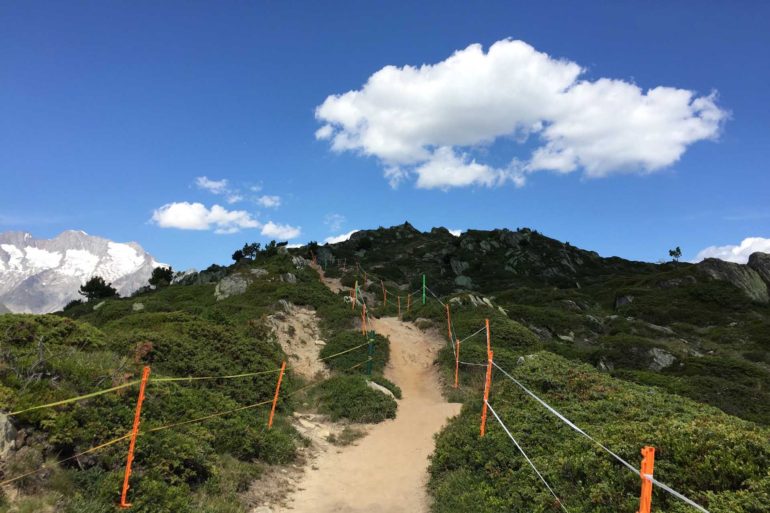The Aletsch Glacier is the largest glacier in the Alps. It’s a massive river of ice 14 miles long and 3000 ft thick at Koncordiaplatz, its thickest point. This is what people travel to Jungfraujoch to see, stretching out from the Jungfrau in the Bernese Oberland down toward Valais. It’s spectacular. Oh yeah, it’s pretty popular too… over 1 million people take the rather fascinating train ride from Kleine Scheidegg, tunneling through the Eiger to Jungfraujoch each year. You’ll be fighting crowds when you go to Jungfraujoch (you should go anyway). But if you look at a map, you’ll see Jungfraujoch at one end of the Aletsch and… Riederalp at the other. Riederalp? Most people have not heard of it, and most people are missing out.
 Riederalp is a tiny car-free village, part of a group of villages marketed as the Aletsch Arena. Years ago, Riederalp was not inhabited year-round, but was a collection of summer “alp” farms and houses for the people of Ried, below. That changed with the growth of tourism throughout the 19th and 20th centuries, but Riederalp is still small and modest. It’s pretty high – at 1930 meters – and sits on a sunny, south-facing slope with beautiful views to the Pennine Alps (like the Matterhorn, Dom and Weisshorn), with the Aletsch glacier tucked behind its massive lateral moraine ridge. It’s part of the first UNESCO World Heritage site in the Alps. On top of that, Riederalp is delightfully car-free (one of 11 car-free villages in Switzerland). To get there, you have to take a cable car, which is part of the fun.
Riederalp is a tiny car-free village, part of a group of villages marketed as the Aletsch Arena. Years ago, Riederalp was not inhabited year-round, but was a collection of summer “alp” farms and houses for the people of Ried, below. That changed with the growth of tourism throughout the 19th and 20th centuries, but Riederalp is still small and modest. It’s pretty high – at 1930 meters – and sits on a sunny, south-facing slope with beautiful views to the Pennine Alps (like the Matterhorn, Dom and Weisshorn), with the Aletsch glacier tucked behind its massive lateral moraine ridge. It’s part of the first UNESCO World Heritage site in the Alps. On top of that, Riederalp is delightfully car-free (one of 11 car-free villages in Switzerland). To get there, you have to take a cable car, which is part of the fun.
The Journey
To get to Riederalp, you start by taking the train to Brig, an important transport hub in the region. Trains from all points congregate in Brig – from the north via the Lötschberg tunnel, from Italy through the Simplon, from Zermatt, from Geneva through the Rhone valley, or from Andermatt along the Glacier Express route. It’s easy to get to by train from most points in Switzerland. You’ll want a Swiss rail pass to get around with.

Next, take a short train ride to Mörel from Brig. This is a “stops on demand” train, and although it’s likely to stop at Mörel anyway, be sure to push the button just in case. In Mörel, take the short walk across the street where there are actually two cables to Riederalp. There’s a larger cable car to Riederalp Mitte that runs almost twice an hour until late in the evening. This is considered the main route as it deposits you closer to the center of town. And there is a gondola (smaller, individual cars) to Riederalp West that runs continuously until almost 10 pm. Either is fine, and your pass will get you all the way to Riederalp on both.
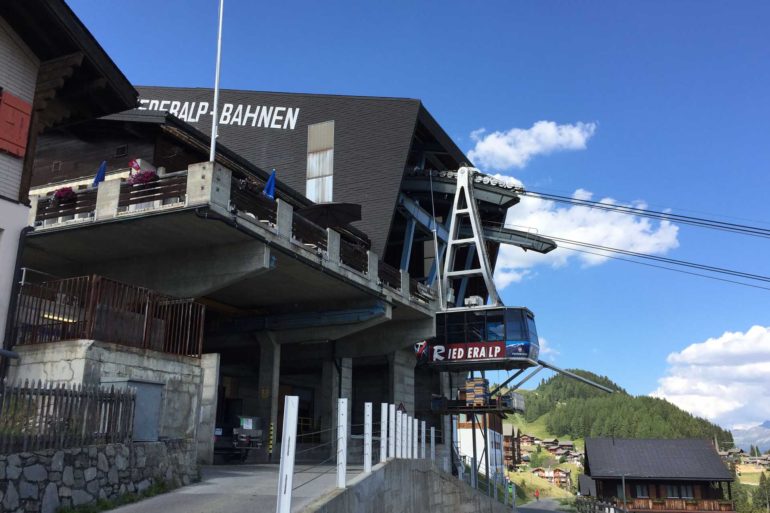
Hiking and Sightseeing
So what do you do in Riederalp? This is actually one of my favorite family locations, and it’s a relaxing destination all together for anyone. There are nice views right from town, good playgrounds for the kids, easy walks, ropes courses in the trees, vie ferrate (cabled climbs), paddleboats for the lakes, the Villa Cassel nature center, a small cultural museum, and even a small golf course. The nearby village of Bettmeralp is a little larger and is an easy 45 minute walk away (there’s a small shuttle bus too), and is worth visiting as well. But I have a fondness for the quieter aspect of Riederalp as a base. The main reason you come to Riederalp though, is to see the Aletsch glacier. And to do that, you’re going to take a little walk. We have a suggestion.
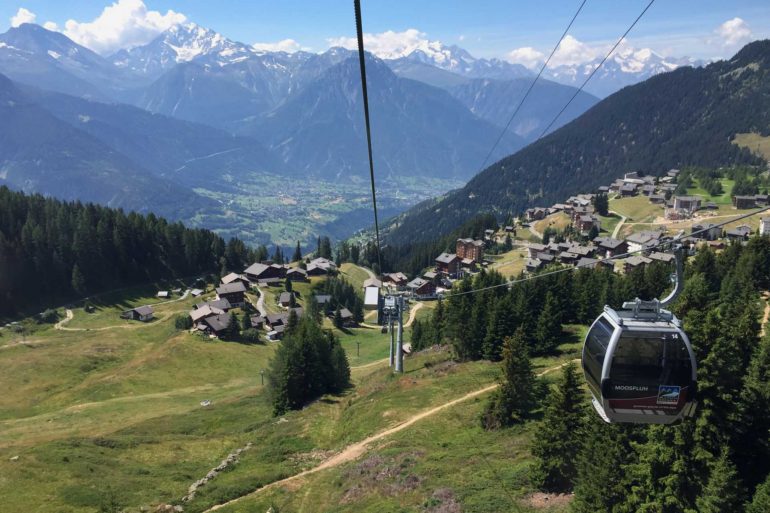
Riederalp has 2 chairlifts to take you up to the Härdenagrat ridge above town, Hohfluh, near the middle of town (and a slightly longer walk) or Moosfluh, on the eastern edge of town, which takes you about 500 ft higher and 2 km further along the ridge. We’re going to suggest you start with Hohfluh, a 3 person lift that will take you up to the ridge. It’s CHF 14 one-way, 20 round-trip, 50% off with a Swiss Travel Pass or Half-fare card. If you’re doing the hike to Bettmerhorn and coming down by cable car, you’ll just need a one-way ticket. Otherwise, if you’re walking down, get the round-trip.
The north side of this ridge is simply spectacular. You’ll be above tree line with a carpet of alpenrose and wild blueberries. Below that, ancient larch and pine trees fill the Aletsch forest. Many of the pines are as much as 900 years old, putting them among the oldest trees in Switzerland. And the view of the glacier below you is guaranteed to stop you in your tracks. Begin hiking here heading off to the east along the ridge with the glacier on your left. After about 30 minutes through the protected forest area and you will reach Moosfluh, where you will be greeted even better views of the impressive Aletsch Glacier. Take a moment to take it all in. This is a great place to simply be for a moment and appreciate your surroundings.
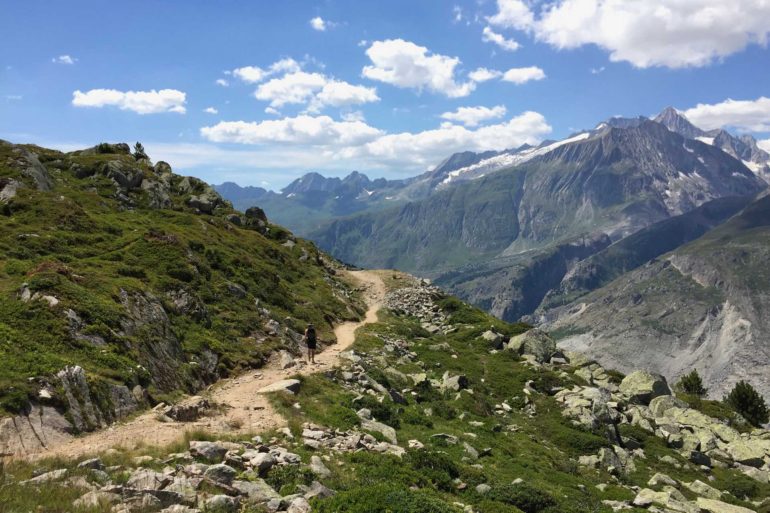
From Moosfluh, you will follow the signs to Bettmerhorn. You will see a cable car station in the distance from Moosfluh station, so it is not hard to navigate your way up there. Walk along a fairly flat stretch of the ridge for about 20 minutes until your climb up to Bettmerhorn starts. There are a few lower trails near the glacier that have been closed due to rock and landslides, so make sure not to enter those trails when the signs indicate.
For the next hour, it is a steep climb up the Bettmerhorn. There are some rock steps combined with dusty trails but the view of the glacier is worth it! You will reach the glacier viewing platform shortly before you get to the cable car station where there are panoramic views of the Aletsch and many of the 4000 meter high mountains of both the Bernese Oberland and Valais. There are also information boards about how the glacier was made, and other facts of the Aletsch glacier which are interesting to read.

Soak in the view (again) and when you are ready, make your way up to the Bettmerhorn cable car station. There is a panorama view restaurant at the cable car station where you can enjoy the view from terrace or from inside (or to get out of the rain if you are not as lucky). Treat yourself to lunch – you’ve earned it! The restaurant is self-service and has anything from small treats to full meals. If you haven’t tried french fries in Switzerland yet, this might be a good place. Or the Alplermagroni, an extra-creamy, very delicious Swiss version of macaroni and cheese, is always a good deftig choice (Swiss for hearty and filling).
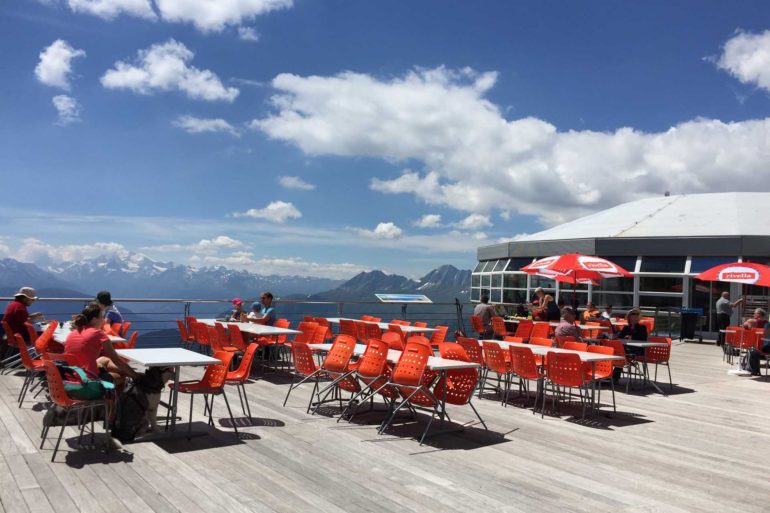
Now you have a few options to head back. You can take the cable car down to the town of Bettmeralp, where there is shuttle service between Bettmeralp and Riederalp. This electric bus runs every hour or half-hour during the summer months. It’s a nice 40 minute walk back to Riederalp if you don’t take the shuttle.
Alternatively, you can just walk back to Moosfluh from where you came from, take a cable car from Moosfluh station, or further ahead from Hohfluh station. Note that the last cable car/lift down from Moosfluh to Riederalp is at 16:30, and from Hohfluh is at 16:00. If you miss or skip those, the hike down is well signposted (there are multiple trails) and takes less than an hour.
Why we love it
Riederalp is special, and the glacier is certainly a big draw. It’s unique in the Alps – there are lots of big mountains, but there are not a lot of Aletsch glaciers. More than that, it’s fun to get off-the-beaten track from time to time, to a place where you’re not fighting huge crowds, and can simply enjoy a beautiful, relaxing village in the Alps. Being a car-free village, accessible only by cable car, is a dream. The trees of the Aletsch forest are fabulous. There are miles of trails exploring that area, including one across a fantastic hanging bridge below the glacier that heads to Belalp, and longer trails to Märjelensee, where you can touch the glacier if you are inclined. I like to spend a couple days in Riederalp, often in combination with a busier stop such as Zermatt, or the Glacier Express train to St Moritz and Pontresina, or both (Zermatt – Riederalp – Pontresina would make nice 8 or 9 day trip).
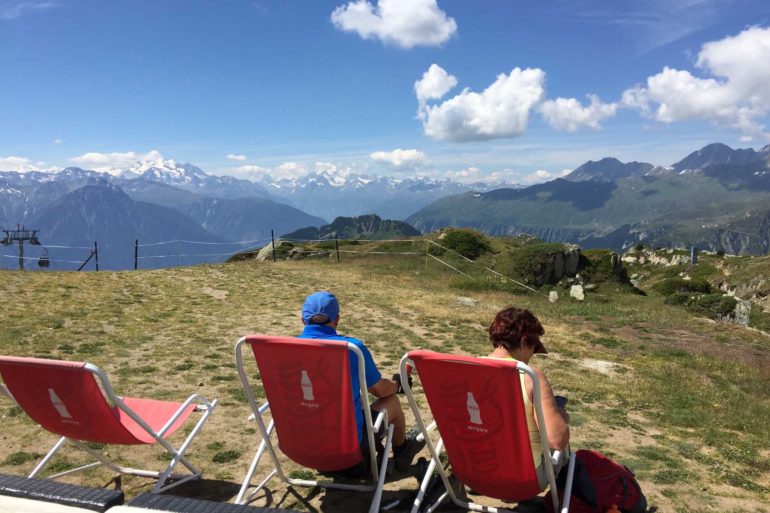
Glaciers have shaped the Alps, and the Aletsch is the largest around. Beyond being beautiful, glaciers are a playground for winter and summer sport, they provide hydropower (responsible for over half of Switzerland’s electricity generation), and fresh water. If the Aletsch were melted and sold (note, I am not suggesting this), it could provide every person on Earth a liter of water each day for 4½ years! It is one very big ice cube, but it’s also changing fast. 18,000 years ago, all but the highest peaks were covered, and 11,000 years ago the glacier still reached all the way down to Brig. As the Aletsch and all the glaciers of the Alps have retreated, they’ve left behind the steep pyramidal horn mountains, of which the Matterhorn is a classic example, and the U-shaped trough valleys, such as Lauterbrunnen, and the impressive lateral moraine walls such as the Härdenagrat ridge.
It’s the retreat of the glaciers that made the Alps habitable, and there is an ebb and flow to the alpine environment. It’s not static. But the glaciers of the Alps are disappearing quickly. They are worth seeing and savoring, and it’s worth contemplating why, and what will happen as they go. The warmer summers and earlier springs put a lot of stress on flora and fauna. Thawing of the permafrost leads to larger and less predictable landslides, such as the one that killed 8 people in Bondo in 2017. Scientists predict that, at best, 30% of Switzerland’s glacier ice will remain by the end of the century, and with it the flow of fresh water in the summer will be drastically reduced. Is this ok? Are we concerned? Will our children and grandchildren enjoy the same privileges?
It’s hard to look at the retreat of glaciers in the Alps and not wonder where it will lead. They are an integral part of the alpine environment, and perhaps the most visible marker of change. These are things we should be aware of when we visit the Alps, and there’s no better place to appreciate and ponder the glaciers of the Alps than Riederalp.
